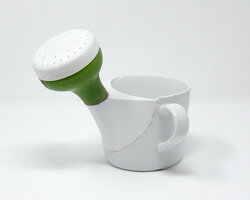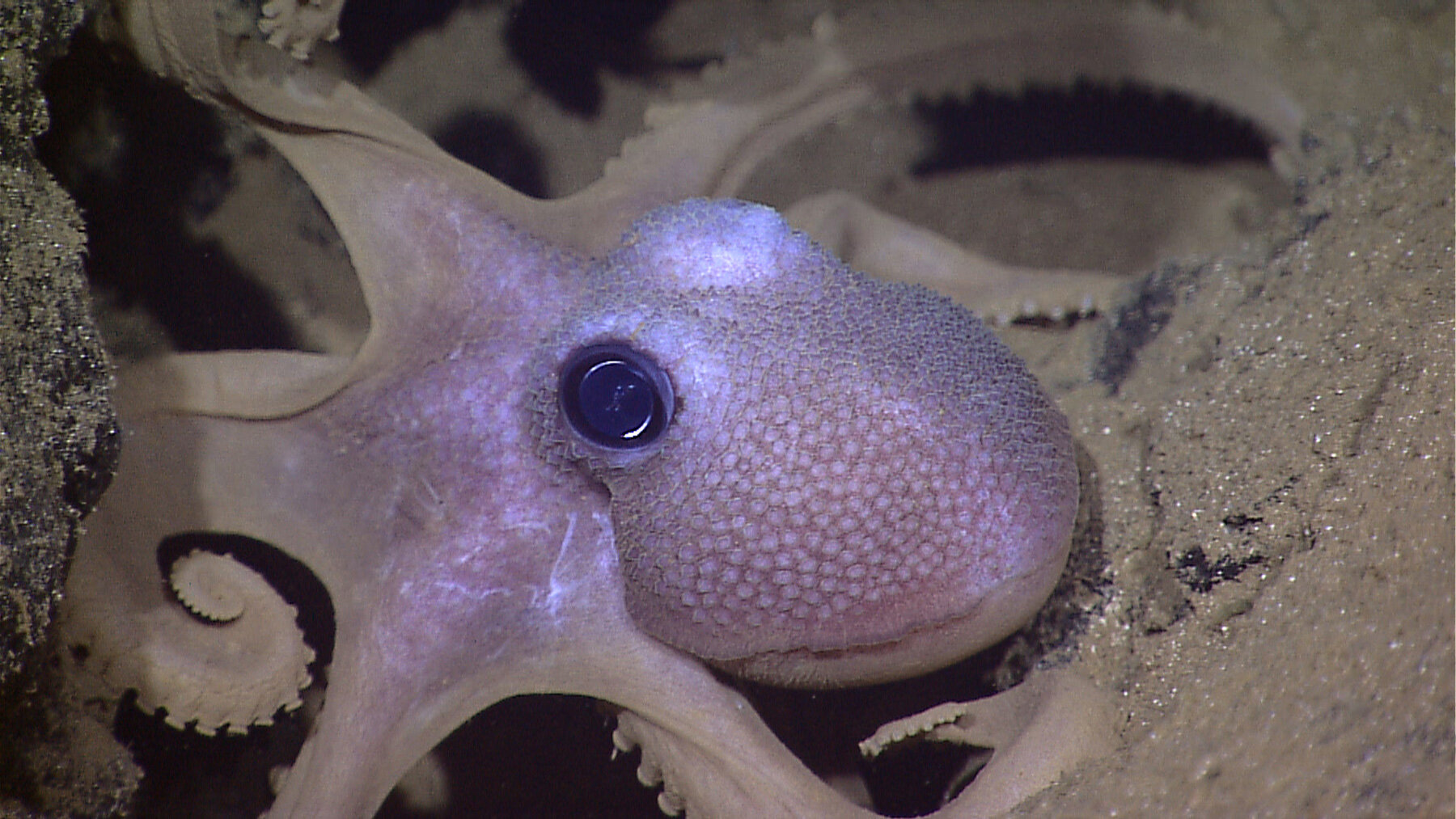
this octopus has color-changing cells, called chromatophores, in its skin, a phenomenon that inspired rutgers engineers
image: NOAA okeanos explorer program, galapagos rift expedition 2011
KEEP UP WITH OUR DAILY AND WEEKLY NEWSLETTERS
PRODUCT LIBRARY
designboom is presenting the sound machines of love hultén at sónar festival in barcelona this june!
connections: 77
BMW releases the upgraded vision neue klasse X, with a series of new technologies and materials especially tailored for the upcoming electric smart car.
following the unveiling at frieze LA 2024, designboom took a closer look at how the color-changing BMW i5 flow NOSTOKANA was created.
connections: +630
each unit draws inspiration from emergence, featuring a hexahedron-based structure that facilitates integration into larger systems.
connections: 96
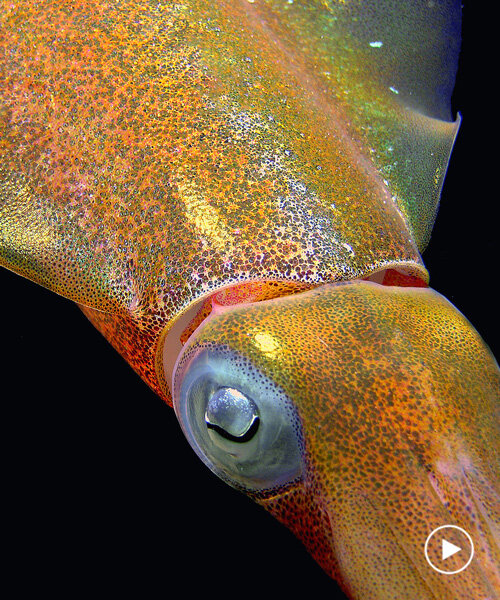
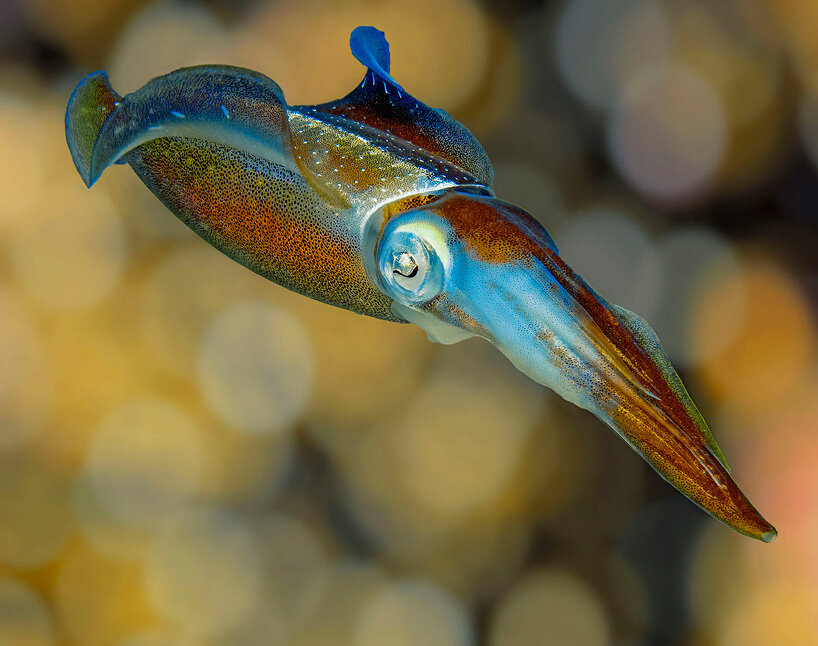 caribbean reef squid image by
caribbean reef squid image by 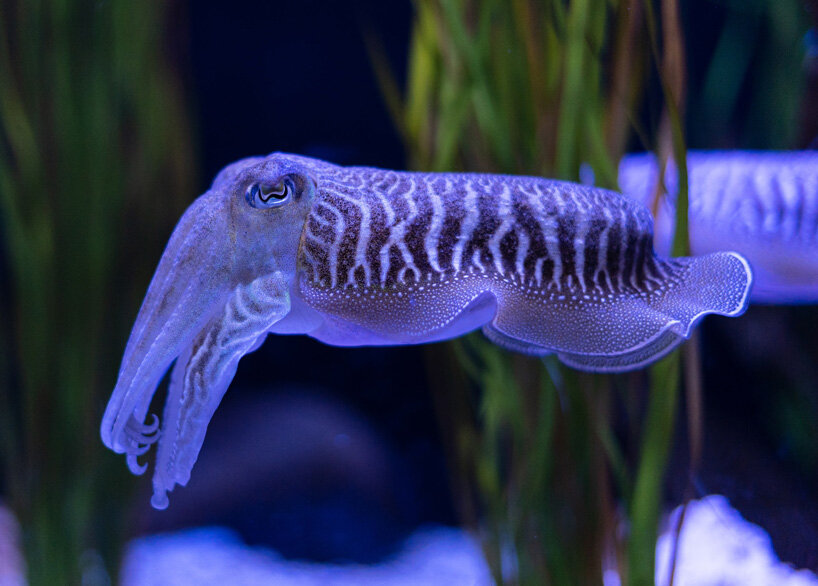 photo by francis nie on
photo by francis nie on 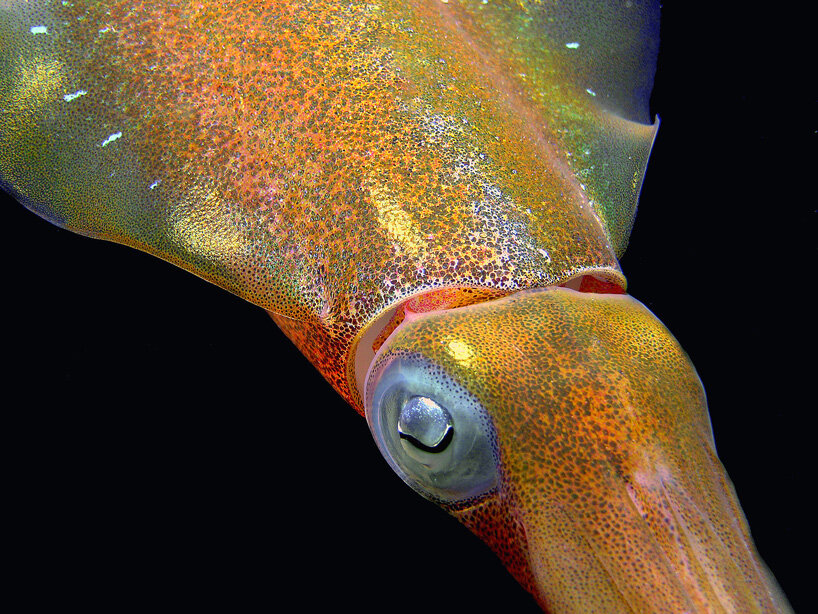 caribbean reef squid image by betty wills (atsme), wikimedia commons, license CC-BY-SA 4
caribbean reef squid image by betty wills (atsme), wikimedia commons, license CC-BY-SA 4